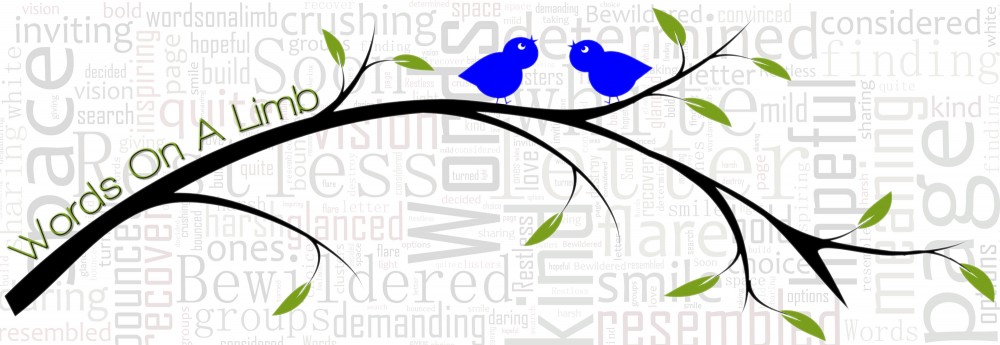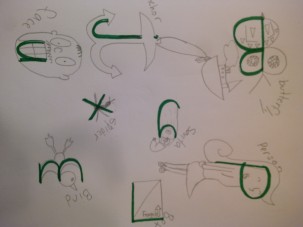 So we’ve been cooped up at home for quite some time now due to the pandemic. For us adults, the use of technology plays a pertinent role in maintaining our social connection to the outside world. But for the little ones whose main form of socialization stems from the school environment, this can be especially difficult.
So we’ve been cooped up at home for quite some time now due to the pandemic. For us adults, the use of technology plays a pertinent role in maintaining our social connection to the outside world. But for the little ones whose main form of socialization stems from the school environment, this can be especially difficult.
Social distancing keeps our children physically safe but how do we ensure they don’t socially wilt during this era of isolation?
Here are some simple ways to help your child stay connected to family and friends and develop important skills while doing so:
- Phone conversations – This form of communication seems to have gone by the wayside with the increase of smartphones (talking has been traded in for texting) but it can be quite beneficial for our little ones who are still developing their oral communication and social skills.
Talking over the phone helps children learn how to start (and end) conversations, engage in a back and forth dialogue (understand the reciprocity of communication), improve attention span, increase vocabulary, build empathy, give insight into other’s lives, develop oral language skills (speaking, listening, questioning, clarifying, rephrasing) as well as build and maintain friendships.
- Video chatting (i.e., WhatsApp, Zoom, Meet, Skype) – Just like speaking over the phone, this form of interaction is quite valuable as well. The added bonus here is the ability to see the other person’s expressions and reactions during the conversation. Reading body language is very important in understanding non-verbal communication. Learning to read gestures, tone of voice, posture and facial expressions can tell us a lot about our listeners. Are they attentive, bored, relaxed, happy, excited, confused? This can help young ones navigate the conversation better as they start to understand the give and take of communicating with others.
Video chatting can also allow children to introduce another branch of topics into their conversation. We all know from Show and Tell that children love to talk about their favourite toys and share their work with others. Video chatting allows for this kind of engagement more readily (and gives you a bit of a break).
- Social Games (Roblox, Fortnite, Mindcraft, Maker 2) – Although you may to limit the amount of time your child spends on video games, certain games can provide your child with the opportunity to interact with friends virtually.
Just as physical exercise helps in improving and strengthening muscles, cognitive games can help with cognitive functions. It can help improve coordination, memory, attention, concentration, as well as problem-solving and social skills.
- Writing Letters – Despite the prevalence of emails and text messages, everyone has to write letters at some point. Encouraging children to write letters from an early age will improve their communication, social and handwriting skills. It will also teach them how to structure letters. Letters can be valuable keepsakes as well.
Letter-writing does not only help children stay connected, but also reinforces important literacy skills and concepts. Writing letters can also be a lot of fun, especially if you can include different kinds of stationary, writing material, decorative stickers, stamps, and photos. The more creative children can get, the more they will gravitate toward this form of communication.
To introduce my students to the format of letter-writing, I wrote and shared a new poem with them, titled I Wrote a Letter.


The poem highlights the five elements of a friendly letter in a fun and lyrical way. If you are interested in downloading a copy for your personal use at home or in the classroom, please head over to my TPT store HERE to get the complete package. It includes three letter-writing templates (to accommodate different writing stages) and a sample page with headings.
Everyone loves to get mail, especially a nice note addressed just to them. Introducing this form of communication to your child will open up a new world to them, especially in today’s technological age where this is becoming a rarity.
Be well, stay safe and stay connected!
Lora

I Wrote a Letter by Lora Rozler is licensed under a Creative Commons Attribution-NonCommercial-NoDerivatives 4.0 International License.



 Where did you grow up?
Where did you grow up?
 I wrote quite a bit as a teenager (mostly poetry) but found an audience for my writing in the classroom, writing mainly to support areas of study at school. I eventually discovered a terrific outlet to share my work with others—on my blog (wordsonalimb.com) and associated social media. This allowed me to create a digital library of some of my classroom content. In fact, several years ago, I wrote a poem to teach students about the power of words and their impact. It began to receive positive feedback from students, parents, colleagues, and online subscribers. It soon took a life of its own as an animation and eventually as my first a picture book,
I wrote quite a bit as a teenager (mostly poetry) but found an audience for my writing in the classroom, writing mainly to support areas of study at school. I eventually discovered a terrific outlet to share my work with others—on my blog (wordsonalimb.com) and associated social media. This allowed me to create a digital library of some of my classroom content. In fact, several years ago, I wrote a poem to teach students about the power of words and their impact. It began to receive positive feedback from students, parents, colleagues, and online subscribers. It soon took a life of its own as an animation and eventually as my first a picture book, 


 My most recent title,
My most recent title,  Mother’s Day is fast approaching and we have surely begun preparing for it in the classroom. This year we are showing Mom (or the special mother-figure in our life) how much we love her with lots of kisses in a love-filled picture frame. We sure hope this becomes a craft Mom will treasure.
Mother’s Day is fast approaching and we have surely begun preparing for it in the classroom. This year we are showing Mom (or the special mother-figure in our life) how much we love her with lots of kisses in a love-filled picture frame. We sure hope this becomes a craft Mom will treasure.






 Boredom Buster is a term my daughter recently coined for an activity I introduced her to while she was waiting for her brother to finish his lunch (I should mention that sledding was next on our agenda and so she was impatiently nudging our slow eater along). I drew a letter in her sketch pad and challenged her to turn it into a picture. Before long, her sketch pad was filled with dressed up letters. My son, who had been eagerly watching, asked to join in. With the promise of eating faster and multi-tasking efficiently, he set to the boredom buster as well (which by now was serving a different purpose entirely). Five minutes later, the lunch plate was empty but neither of them were in any rush to go sledding anymore (gotta love those moments).
Boredom Buster is a term my daughter recently coined for an activity I introduced her to while she was waiting for her brother to finish his lunch (I should mention that sledding was next on our agenda and so she was impatiently nudging our slow eater along). I drew a letter in her sketch pad and challenged her to turn it into a picture. Before long, her sketch pad was filled with dressed up letters. My son, who had been eagerly watching, asked to join in. With the promise of eating faster and multi-tasking efficiently, he set to the boredom buster as well (which by now was serving a different purpose entirely). Five minutes later, the lunch plate was empty but neither of them were in any rush to go sledding anymore (gotta love those moments).






